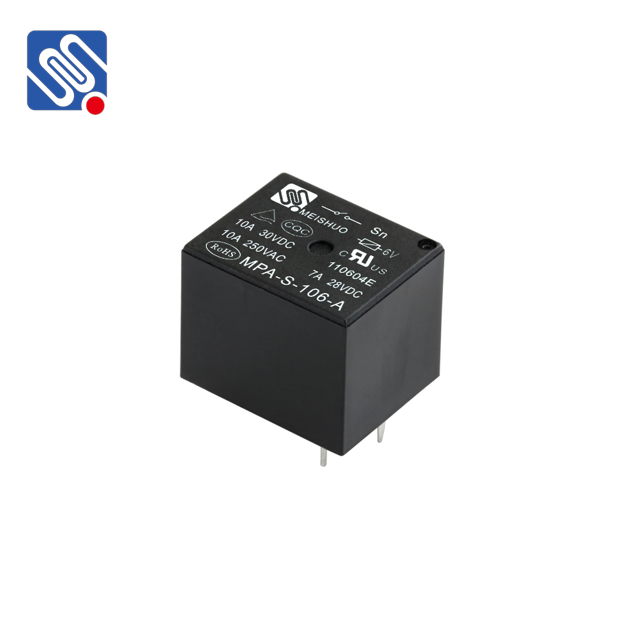Relays play a critical role in modern electrical systems by acting as electrically operated switches. They are used in various applications ranging from automotive systems to industrial machines, and their proper selection is essential for the safety, efficiency, and longevity of these systems. One of the most important specifications to consider when selecting a relay is its current rating. This article will explore the concept of relay current rating, its significance, and how it impacts the performance of electrical systems.

What is Relay Current Rating? The relay current rating refers to the maximum amount of electrical current that a relay’s contacts can safely handle during normal operation. It is typically expressed in amperes (A) and indicates the amount of load current that can flow through the relay’s switching contacts without causing damage. This rating is an essential factor when choosing a relay for any system, as exceeding the rated current can lead to the degradation of the relay’s contacts, increased wear, or even catastrophic failure. The Importance of Relay Current Rating Understanding the relay current rating is crucial for several reasons: